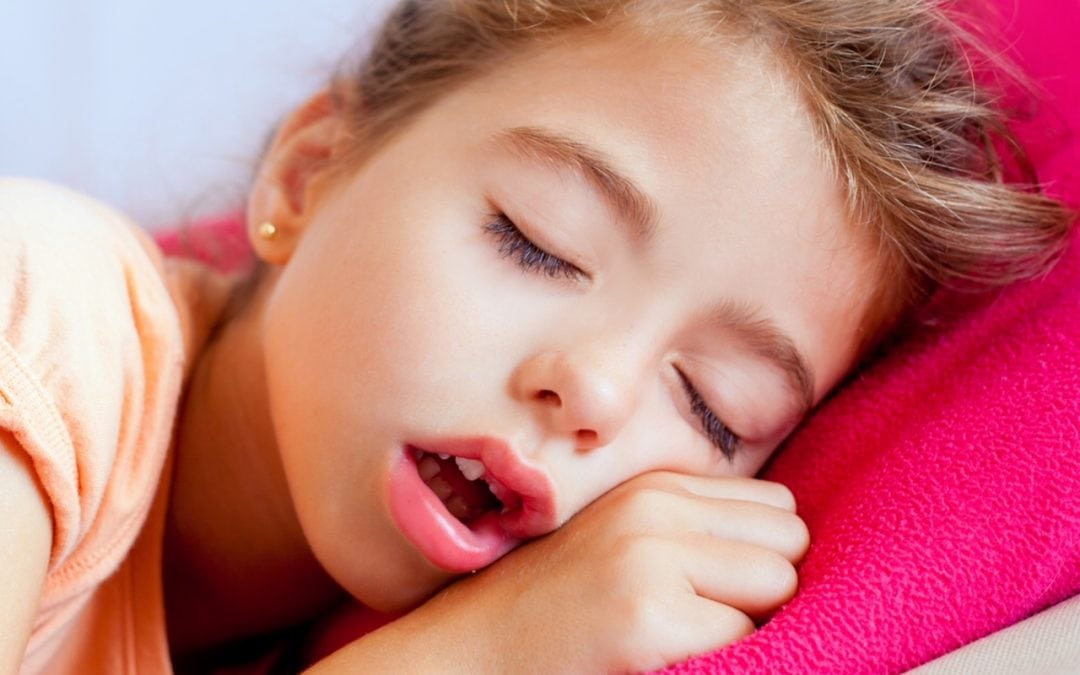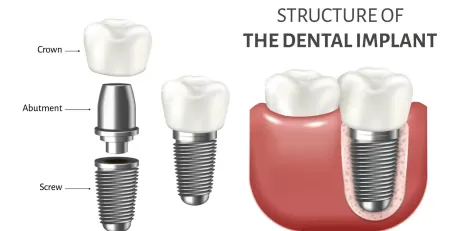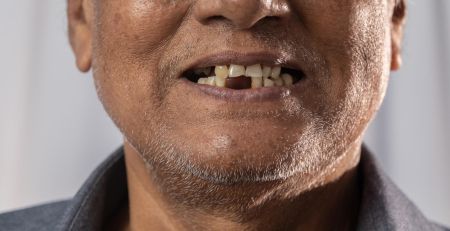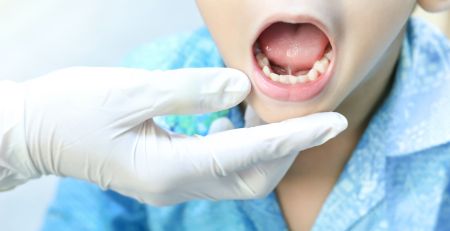Understanding the relationship between mouth breathing and developing an open bite is essential for maintaining oral health, particularly in adolescents.
Oral health plays a vital role in overall well-being, and recognizing the impact of different oral habits and their effects on dental structures is crucial in this age group.
Mouth breathing, a common habit among adolescents, can lead to lasting consequences, such as forming an open bite.
Table of Contents
What is Mouth Breathing?
Mouth breathing refers to breathing through the mouth instead of the nose.
While occasionally breathing through the mouth is normal, chronic mouth breathing can lead to dental and health issues.
This habit mainly concerns children and adolescents whose facial structures are still developing.
Causes of Mouth Breathing in Adolescents
Mouth breathing in adolescents can be attributed to several factors, including:
Allergies that cause nasal congestion
One of the primary causes is allergies, which can lead to nasal congestion.
When the nasal passages are blocked, it becomes difficult to breathe through the nose, prompting a reliance on mouth breathing.
Enlarged tonsils or adenoids
Another significant cause is the presence of enlarged tonsils or adenoids.
These enlarged tissues can obstruct the airway, challenging nasal breathing and leading adolescents to breathe through their mouths instead.
Deviated nasal septum
A deviated nasal septum is also a contributing factor.
This structural issue in the nose can impede airflow through one nostril, making mouth breathing a more comfortable and necessary option for getting adequate oxygen.
Chronic respiratory infections
Lastly, chronic respiratory infections play a role.
These infections can cause long-term swelling and congestion in the nasal passages, again leading to a dependence on mouth breathing as compensation for the restricted nasal airflow.
Each of these factors, alone or in combination, can contribute to the habit of mouth breathing in adolescents, making it an important issue to address for their oral and respiratory health.
The Development of Open Bite
An open bite is a malocclusion where the upper and lower teeth do not touch when the mouth is closed.
This gap can occur at the front (anterior open bite) or the sides (posterior open bite) of the mouth.
Link Between Mouth Breathing and Open Bite
Mouth breathing can alter the normal development of facial and dental structures.
The jaw’s constant downward and forward position during mouth breathing changes the natural growth pattern, potentially leading to an open bite.
Additionally, the lack of proper tongue positioning against the roof of the mouth, which is common in mouth breathers, can further exacerbate this problem.
Consequences of Open Bite
An open bite can lead to various issues, including:
Difficulty in Biting and Chewing
One of the primary consequences of an open bite is its difficulty in biting and chewing. When there is a gap between the upper and lower teeth, it can be challenging to break down food effectively. This can lead to digestive problems and discomfort during meals.
Speech Difficulties
An open bite can also result in speech difficulties. This is particularly true for sounds requiring teeth to meet, such as certain consonants. The gap impedes the normal speech process, making it hard to articulate these sounds clearly, which can impact communication.
Increased Risk of Tooth Wear and Tear
Another significant consequence of an open bite is the increased risk of tooth wear and tear. Since the teeth do not align properly, it can lead to uneven stress on certain teeth, causing premature wearing down of the enamel and other dental issues.
Aesthetic Concerns Affecting Self-Esteem
Lastly, open bites can lead to aesthetic concerns. The visible gap between the teeth when the mouth is closed can affect a person’s appearance and, consequently, their self-esteem. This psychological aspect is particularly impactful in adolescents and young adults, where appearance and social interactions play a critical role in their development.
Long-Term Implications
If not corrected, the effects of an open bite can persist into adulthood, leading to chronic issues such as temporomandibular joint (TMJ) disorders, sleep apnea, and further deterioration of dental health.
Treatment and Prevention
Early intervention is key in preventing the progression of an open bite caused by mouth breathing. Treatment options include:
- She addresses the underlying cause of mouth breathing, such as allergy management or surgical intervention for enlarged tonsils.
- Orthodontic treatments like braces or dental appliances to correct open bites.
- Myofunctional therapy to improve tongue posture and strengthen oral muscles.

Recognizing and addressing mouth breathing in adolescents is crucial for preventing the development of an open bite and its associated complications.
Parents, caregivers, and healthcare providers should be vigilant about these issues and seek timely dental and medical advice.
Early intervention helps maintain oral health and contributes to adolescents’ overall well-being and quality of life.
For those seeking expert care and guidance, consider visiting Amazing Smiles Dental Care for early childhood analysis and treatment of open bite issues. Amazing Smiles Orthodontics is also equipped to assist adults in managing and treating malocclusion issues.
Our team of skilled professionals is committed to providing quality care tailored to each individual’s needs. Don’t let mouth breathing and open bite go unchecked.
Contact Amazing Smiles for a consultation and take the first step towards a healthier, happier smile.
Web Disclaimer:
Please note that the information in this article is for educational and informational purposes only and is not intended as a substitute for professional dental or medical advice, diagnosis, or treatment.
Always seek the advice of your dentist, physician, or other qualified health provider with any questions you may have regarding a medical condition or treatment before undertaking a new health care regimen.
Never disregard professional medical advice or delay seeking it because of something you have read on this website.
The opinions and views expressed on this site do not necessarily reflect the official policy or position of any other agency, organization, employer, or company.









